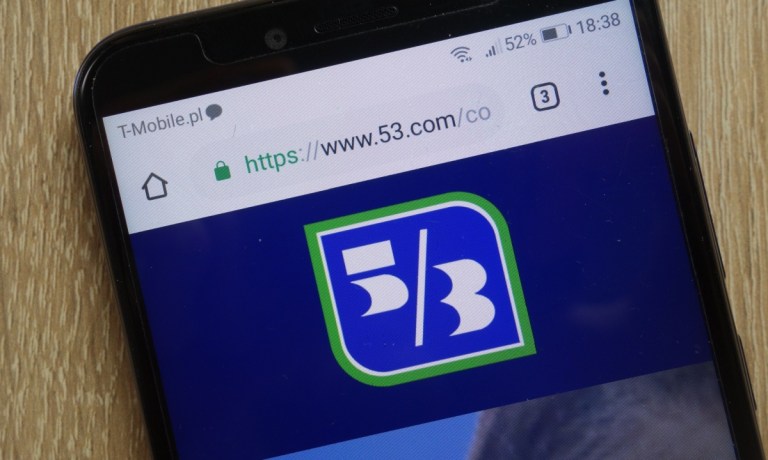The bank has expanded access to its Fifth Third Bank Finance Academy to junior high students, adding them to the high school students for whom the program was originally launched, according to a Monday (Sept. 16) press release.
Fifth Third also continues to offer the Fifth Third Young Bankers Club for elementary students, as it has done for 20 years, according to the release.
These programs are offered at no charge to schools and organizations within the 11 states in which the bank operates, per the release.
“Our Finance Academy program has seen significant success with high school students, inspiring us to expand and enhance our offerings to junior high and create a continuum of learning for students,” Aleta Young, corporate social responsibility strategies director for Fifth Third, said in the release.
The bank offers four free financial education programs, Fifth Third Young Bankers Club, Fifth Third Bank Finance Academy Junior High Personal Finance, Fifth Third Bank Finance Academy High School Personal Finance and Fifth Third Bank Finance Academy High School Entrepreneurship, according to the release.
Advertisement: Scroll to Continue
These programs help students learn the basics of budgeting, banking, borrowing, saving, investing and entrepreneurship, the release said.
Over the 20 years the elementary and high school programs have been available, tens of thousands of students across the United States have participated in them and improved their financial literacy, per the release.
“At Fifth Third, we are committed to increasing financial access and stability for all of the individuals and communities we serve,” Young said in the release.
The Organization for Economic Cooperation and Development (OECD) said in June that teens in more prosperous countries are lacking in financial literacy. While more than two-thirds these students routinely use financial products and services, their levels of financial literacy are too low to make sure they can avoid financial risks, the OECD said.
Nearly 60% of consumers expect their financial institutions to help them improve their financial health, according to the PYMNTS Intelligence and PSCU (now Velera) collaboration, “How CUs Can Help Younger Consumers in a Distressed Economy.”

